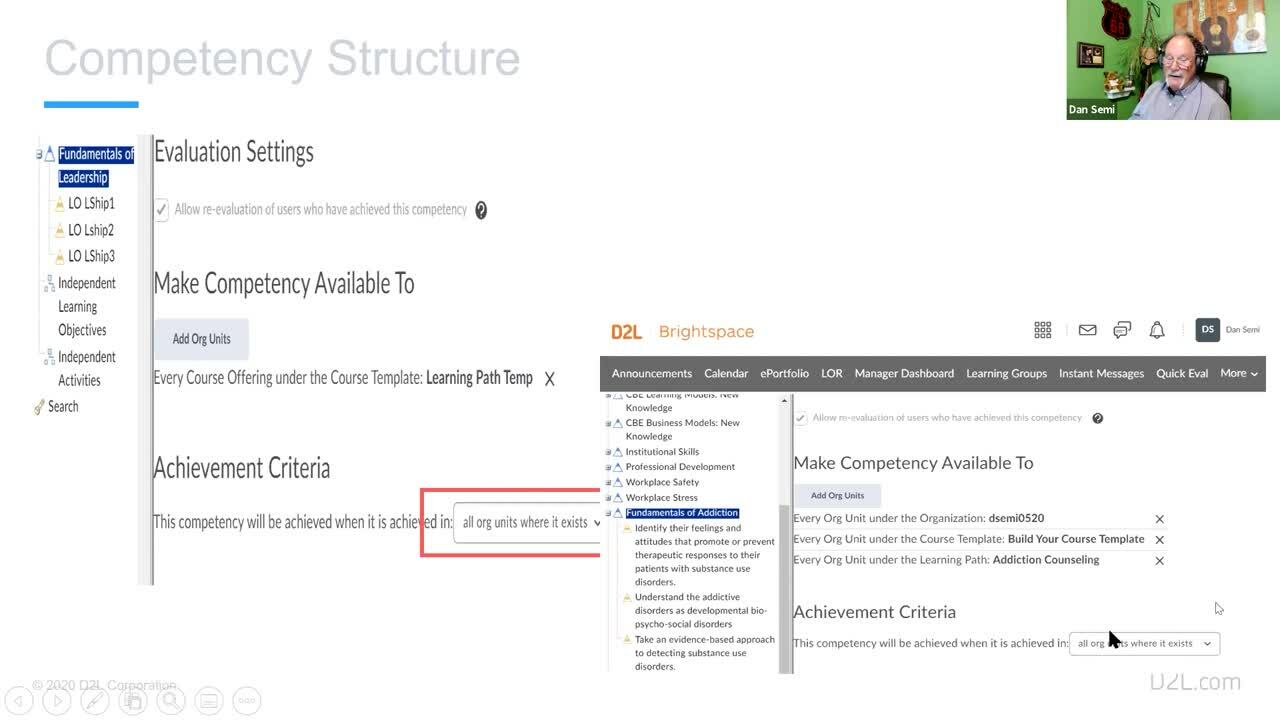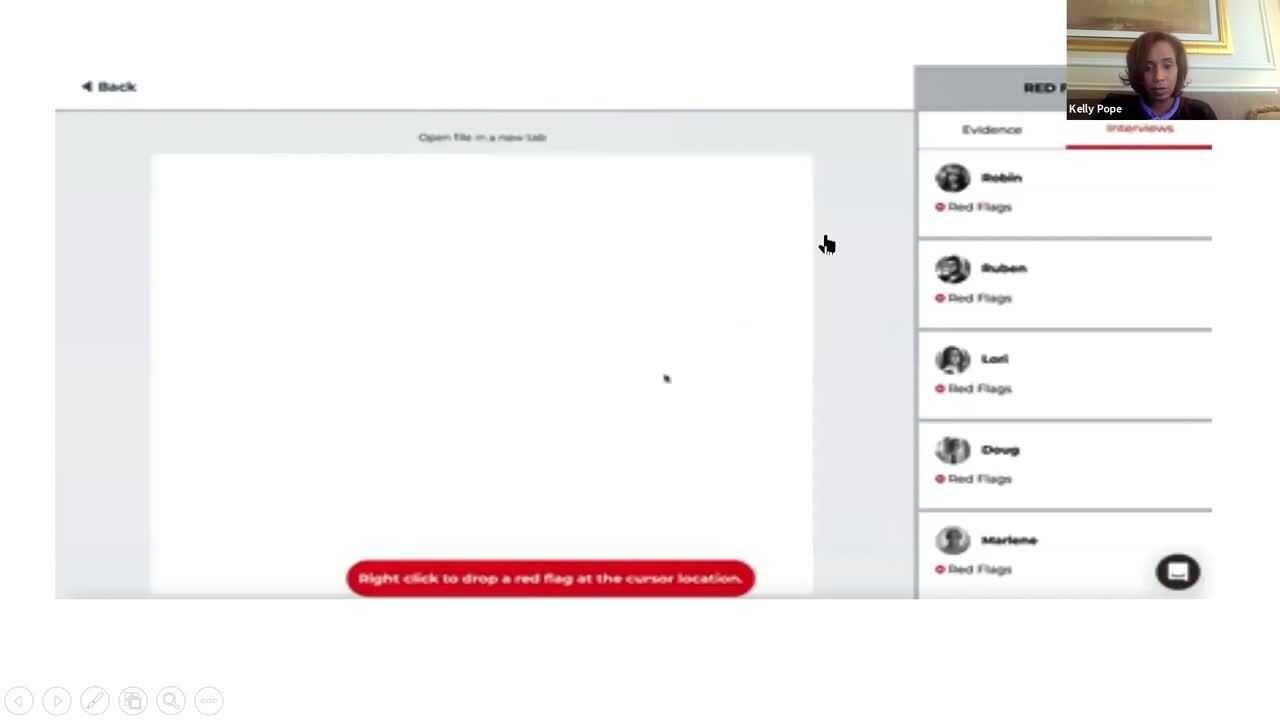Apr
2022
Digital Literacy for St. Cloud State University
Canada has reflected that global interest, with major government investment over the last two years: $59.5 million announced by the Ontario government in late 2020 to fund microcredential development and related student loans; $9 million announced by British Columbia’s government since 2020, with federal support; and $5.6 million announced by Alberta’s government last August for microcredential pilot projects after the Business Council of Alberta (BCA) issued a report in 2020 urging the provincial and federal governments to expand microcredential opportunities. Ontario’s government-backed digital learning organization, eCampus Ontario, has been working in this area since 2017. Microcredential development is included in the strategic plans of the University of New Brunswick and Dalhousie University. As far back as 2015, the University of British Columbia promoted the use of “open badges” to recognize discrete skills that students had acquired within for-credit courses. It started running several non-credit microcredentials in 2021, thanks to provincial funding.
+++++++++++++
https://www.suitable.co/knowledge-center/blog/what-are-micro-credentials
++++++++++++++
more on microcredentials in this IMS blog
https://blog.stcloudstate.edu/ims?s=microcredential
As more jobs require postsecondary training, more providers jump in to offer it — including fakes and scammers
https://www.washingtonpost.com/education/2021/12/26/education-credential-certificate-scams/
a “maze” of nearly a million unique education credentials in the United States, the nonprofit Credential Engine reports, including not only degrees but also badges, certificates, licenses, apprenticeships and industry certifications.
The way new kinds of credentials are being developed and awarded is “a bit like the wild West,” a study by the Rutgers University Education and Employment Research Center found.
Even before the pandemic and the subsequent labor squeeze, 39 percent of human resources managers said they spent less than a minute reading a resume, according to a survey by CareerBuilder.
Conventional higher education institutions are increasingly alarmed about the holes that have developed in a system that was previously much simpler.
A quarter of American adults now hold nondegree credentials, meaning something short of an associate or bachelor’s degree, according to federal data, and they’ve become more popular in recent years.
“As online education becomes normalized, as a credential from Google or Microsoft can get someone a job, all of a sudden we’re in an environment where higher education doesn’t have a monopoly on education,” Ahluwalia said.
The Credential Engine Registry so far includes full or partial information on about 30,000 educational credentials. That’s about 3 percent of the total it eventually hopes to list.
+++++++++++++
more on credentials in this IMS blog
https://blog.stcloudstate.edu/ims?s=credentials
https://www.edsurge.com/news/2021-12-21-the-still-evolving-future-of-university-credentials
Sean Gallagher is founder and executive director of Northeastern University’s Center for the Future of Higher Education and Talent Strategy, and executive professor of educational policy.
The growth of educational platform companies such as Coursera and 2U is being driven in part by a surge in demand for certificate programs and “alternative credential” offerings. The number of open badges awarded nearly doubled from 24 million in 2018 to 43 million in 2020. And major companies and industry groups are increasingly getting into the credentialing game, exemplified by firms such as IBM and Google. Strada Education Network’s consumer polling has shown that 40 percent of working-age adults have earned some type of non-degree credential—and that non-degree credentials are at the top of the list for adults seeking education or retraining.
plenty of confusion or ignorance in the marketplace about the basic differences between “certificates” and “certifications.”
skills-based hiring
badging, embedding certificates into degrees and the idea of offering small credentials on the way to a larger one are emerging as key trends
The future will likely see a continued de-emphasis on merely requiring that prospective employees hold college degrees.
the needs of the job market are changing faster than ever, meaning a greater need for upskilling
a new national survey of C-suite executives that we recently conducted, 70 percent said that U.S. workers should be worried about their skills becoming outdated over the next few years.
Innovations such as stackable non-degree credentials as an on-ramp and low-cost MOOC-based degrees from top universities are likely to only grow access to post-baccalaureate education. The number of MOOC-based degrees is approaching 100
Online education services companies – or “OPMs” as many refer to them, have continued to play a major role in the scaling of online higher education, within, and now increasingly beyond the U.S.
the Lumina-sponsored Connecting Credentials campaign; the launch of the Non-Degree Credentials Research Network; the development of UPCEA’s Hallmarks of Excellence in Credential Innovation,
Micro-credentials: The solution to the skills gap and accessible education
By reformatting existing programs into micro-credentials and certificates, you can market these new programs to employers and bring new learners through your doors.
At the end of 2020, 80% of U.S. employers said they had more difficulty filling job openings due to skills gaps compared to the year before — and the skills gap isn’t going away anytime soon.
In fact, a recent Gartner survey found that 58% of employees need new skills to successfully do their work.
To start offering micro-credential programs:
There is reason to believe that shorter, competency-based programs will play an important role in the university landscape in the coming years.
Australian commentator Stephen Matchett expands: “MCs are the wild west of post-compulsory education and training, with neither law on what they actually are or order as to how they interact with formal providers. … Until (or if) this is sorted by regulators there needs to be a sheriff providing workable rules that stop the cowboys running riot.”
The lack of standards is also an issue in Canada. While degree standards have been agreed upon – the Canadian Degree Qualification framework, contained in the Council of Ministers of Education, Canada (CMEC)’s 2007 Ministerial Statement on Quality Assurance of Degree Education in Canada, outlines expectations for bachelor’s, master’s, and doctoral degrees – the CMEC has yet to issue a pan-Canadian framework for microcredentials.
In the absence of a pan-Canadian model or definition, for the purposes of this column I will use the Higher Education Quality Council of Ontario (HEQCO)’s definition, put forward in its May 2021 report, Making Sense of Microcredentials:
“A microcredential is a representation of learning, awarded for completion of a short program that is focused on a discrete set of competencies (i.e., skills, knowledge, attributes), and is sometimes related to other credentials.”
Developing and running effective microcredential programs is not simply a matter of bundling a group of existing classes into a new sub-degree level program (although there will certainly be some who try that approach). Effective microcredential programming needs to be an institution-wide effort, with appropriate resourcing and guidelines, along with effective recruiting and student support.
department chairs and other unit leaders to lead collegial discussions about the following questions:
+++++++++++++++
more on microcredentials in this IMS blog
https://blog.stcloudstate.edu/ims?s=microcredential
https://www.d2l.com/events/regional/gamification-network


https://podcasts.apple.com/us/podcast/episode-14-kristine-collins/id1575912479?i=1000537930512
++++++++++++++
more on microcredentials in this blog
https://blog.stcloudstate.edu/ims?s=microcredential
+++++++++++++++++
more on microcredentials in this IMS blog
https://blog.stcloudstate.edu/ims?s=microcredential
As a prelude to earning degrees, students are completing stackable credentials they can use to demonstrate mastery of a particular area of knowledge to potential employers.
According to the U.S. Department of Labor, a stackable credential is “part of a sequence of credentials that can be accumulated over time to build up an individual’s qualifications and help them to move along a career pathway or up a career ladder to different and potentially higher-paying jobs.” In general, stackable credentials are shorter-term programs that can lead to higher-level credentials.
The traditional system of higher education puts students’ focus on earning, at minimum, a four-year degree. The traditional student is fresh out of high school and entering college or university with the intent of completing those four years consecutively and graduating with a degree in hand. That traditional student, however, is no longer typical. Statistics show that more than 47 percent of people entering college are over 25 years old, and 40 percent of those are over 35.
++++++++++
more on stackable credentials in this IMS blog
https://blog.stcloudstate.edu/ims?s=stackable